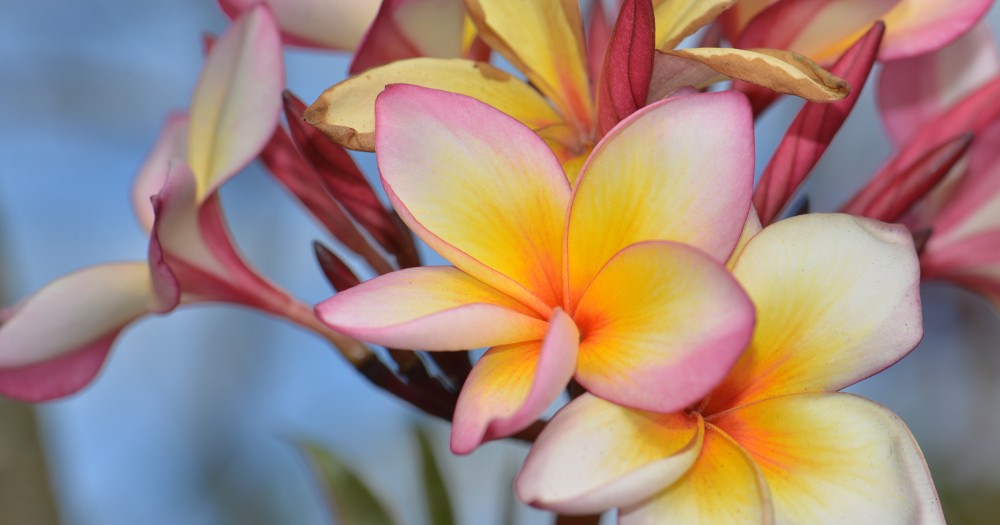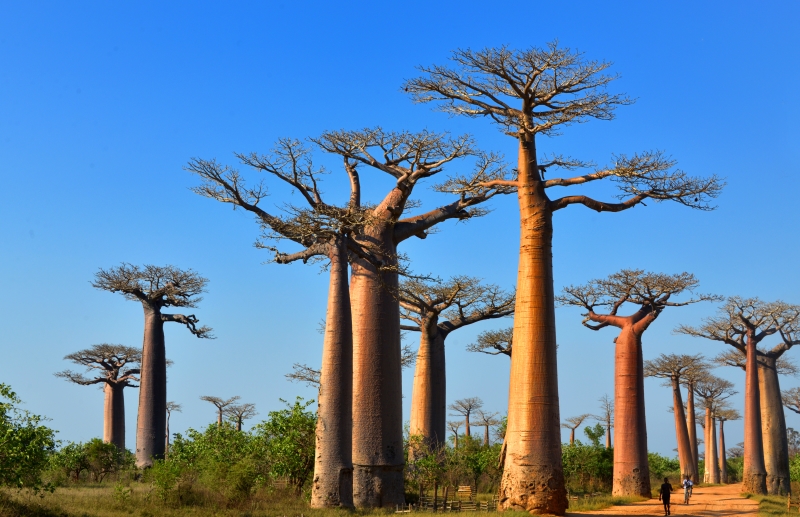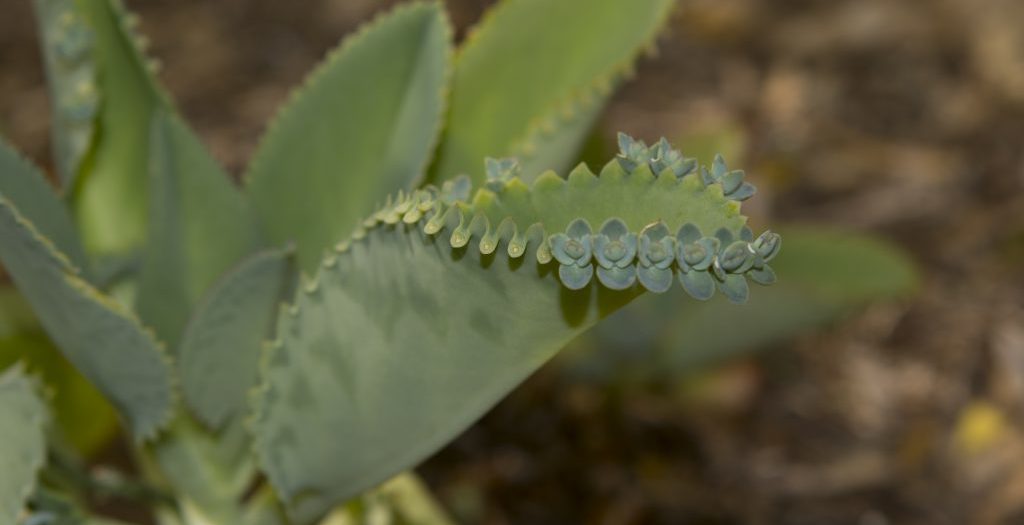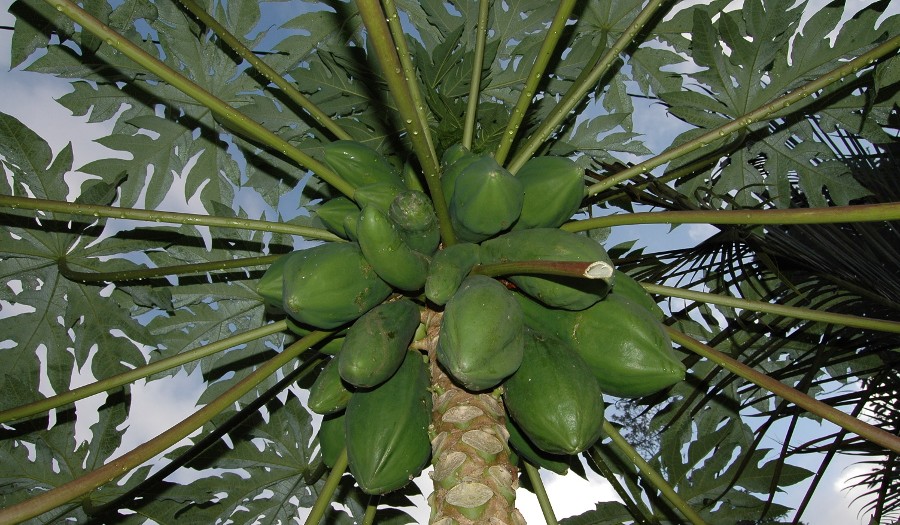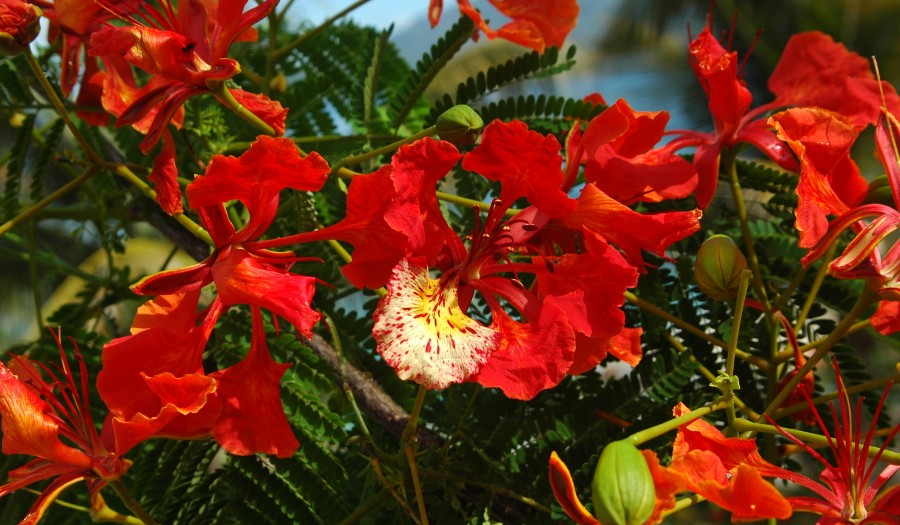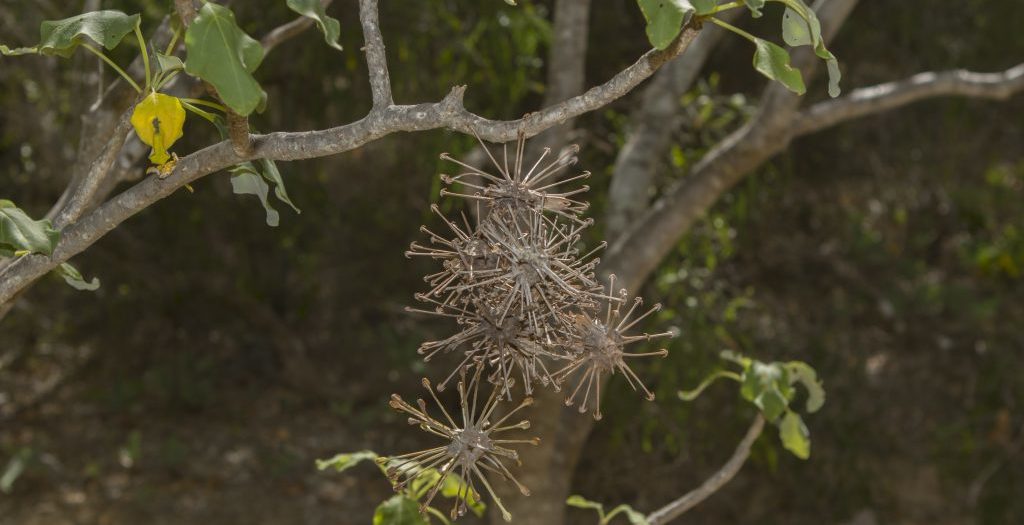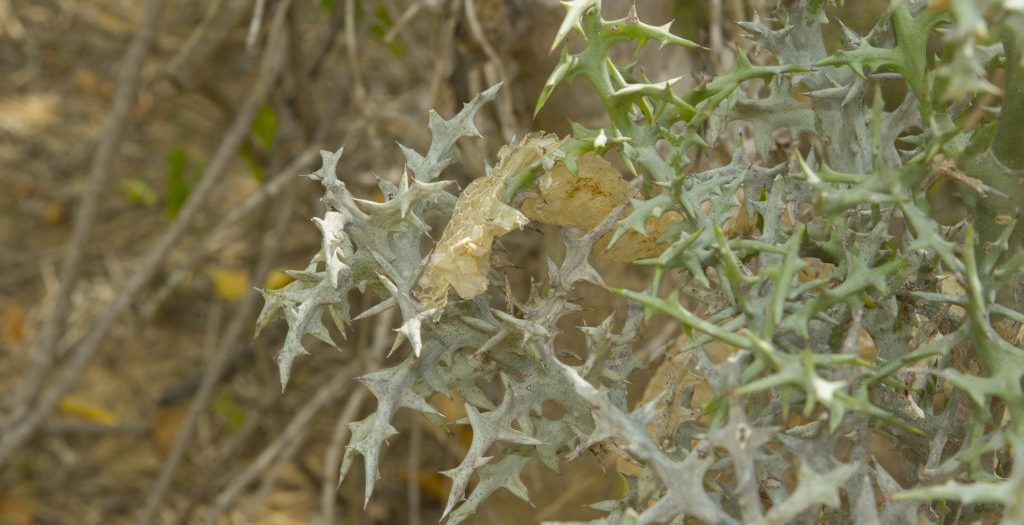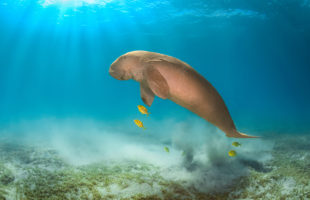Not only Madagascar’s fauna is unique, but animal life is also at home in a fantastic flora. It is estimated that Madagascar is home to around 14,000 different plant species. Over three-quarters of them are found nowhere else in the world. Unfortunately, more and more non-native plants are spreading all over Madagascar. Introduced pines and eucalyptus grow wherever the original flora has long since been destroyed. Even the pretty, violet flowering Jacaranda trees don’t really belong here.
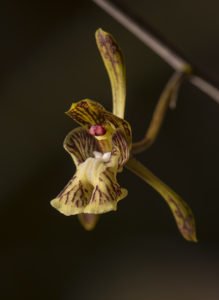
The primary fauna was and is burned in many places to gain pasture and arable land. It is assumed that a few centuries ago Madagascar was still covered by dense forest. Especially in the highlands around the capital Tana, nothing of this can be seen anymore. And where primary forest still stands, it is cut down: valuable tropical wood such as rosewood, rosewood, and ebony attracts poachers, who unfortunately have been doing good business with the illegally cut trees again for several years. The fauna worthy of protection survives today only in protected areas and national parks.
Madagascar’s climate varies greatly depending on where you are. From mighty jungle giants and ferns in the rainforest to wet savannahs and succulents in the southern spine forests and dry savannahs, you can find everything on the island. Even extensive mangrove forests can be admired in the northwest of Madagascar. Madagascar’s flora is correspondingly diverse – no matter which plant family you are looking for, you will certainly find it here.
Baobabs are Madagascar’s most famous trees. Their silhouette adorns countless T-shirts, paintings, and carvings. They store water in their thick tree trunks, which helps them to survive the dry season. Some trees are over a thousand years old. The island has seven types of endemic Baobabs. For comparison: There is only one Baobab species on the African continent, and even this one is found in Madagascar. The eighth species of Baobab occurring worldwide comes from Australia. Some of the last jungle giants in Madagascar have no possibility to reproduce without human help and many efforts are being made to preserve this last of its kind.
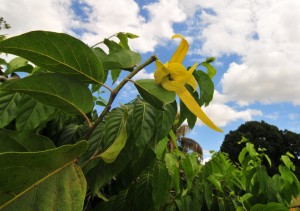
Other, also “somewhat special” plants are for example the crocodile tree, on whose prickly tree trunks one prefers not to settle down for a break. Madagascar is also home to the well-known pitcher plant, which catches insects in the liquid of its pitcher and then digests them.
“The land where the pepper grows” offers not only spices such as pepper, Sakay, and vanilla, of which it is one of the largest exporters, but also a wealth of other plants. Other export goods include bananas, cocoa, coffee, lychee, and ylang-ylang, which are used as expensive fragrances in perfumes worldwide. If you pick one of the yellow flowers of the ylang-ylang tree and put it on the bedside table in the evening, a wonderful scent will run through your room in the morning. It belongs to the orchids, of which there are nearly 1000 different, beautiful species in Madagascar. Mostly the fascinating flowers are found epiphytically on trees.
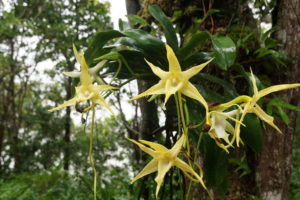
If you think of the beach, the sea, and holidays, you will quickly think of palm trees. Of course, Madagascar also has the usual coconut palm tree, but much more exciting are the many other palm varieties with their many colors and shapes. While bast or raffia palms (hence the bast of the same name) can grow up to 20 m high, the frequently found screw palms (Pandanus) remain somewhat smaller. In many places, the roofs of the huts are covered with palm leaves. Date palms provide delicious fruits. The beautiful “Tree of the Travellers” or Ravenala with its leaves spread out in a circle also belongs to the palm trees, more precisely to the banana plants.
And if you can’t do so much with all the plant names and genera, you might at least make friends with mangos, papayas, jackfruits, guavas, or tamarinds. Not only do they look decorative, but they also taste really good when freshly picked on the roadside.
 MADAMAGAZINE Your Magazine about Madagascar
MADAMAGAZINE Your Magazine about Madagascar
